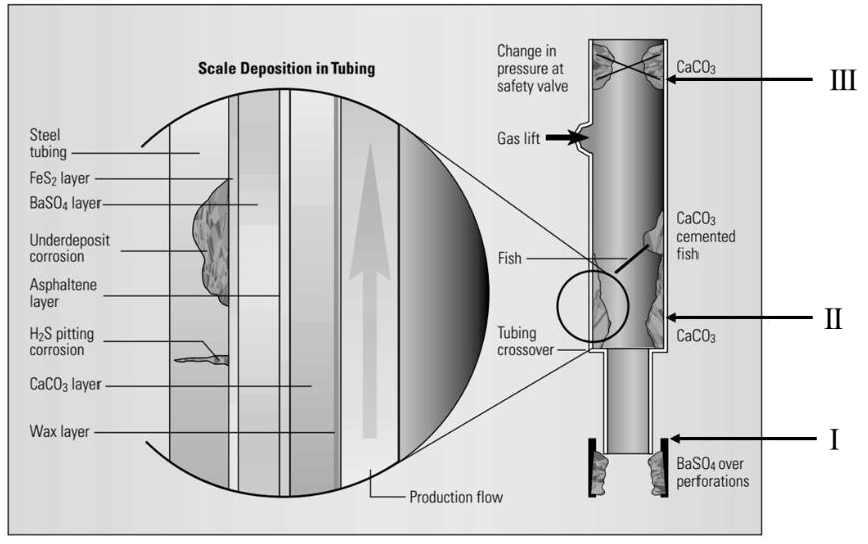 |
|
Calcium carbonate deposition inside of pipes is a widespread problem in aqueous fluid transport systems, where calcium and carbonate ions are dissolved. The present study describes the physical and chemical phenomena of mass transport of the chemical species, from the bulk solution to the pipe walls, inside a straight circular pipe. The mass transfer coefficient is estimated using correlations for developing laminar flow. The controlling mechanism is assigned using the Damköhler number and the model simulation results are analyzed for three scenarios: when mass transfer controls the deposition, by mixed control or by the deposition kinetics. If mass transfer is the controlling mechanism, the deposit was concentrated at the pipe entrance; reflecting the findings in the oil fields, while with kinetic control, it forms further downstream. This study over a straight pipe, found that most important factor influencing the deposition process is the bulk and superficial pH values.
Keywords: Calcium carbonate scaling, mass transfer, chemical speciation.
|
|
 |